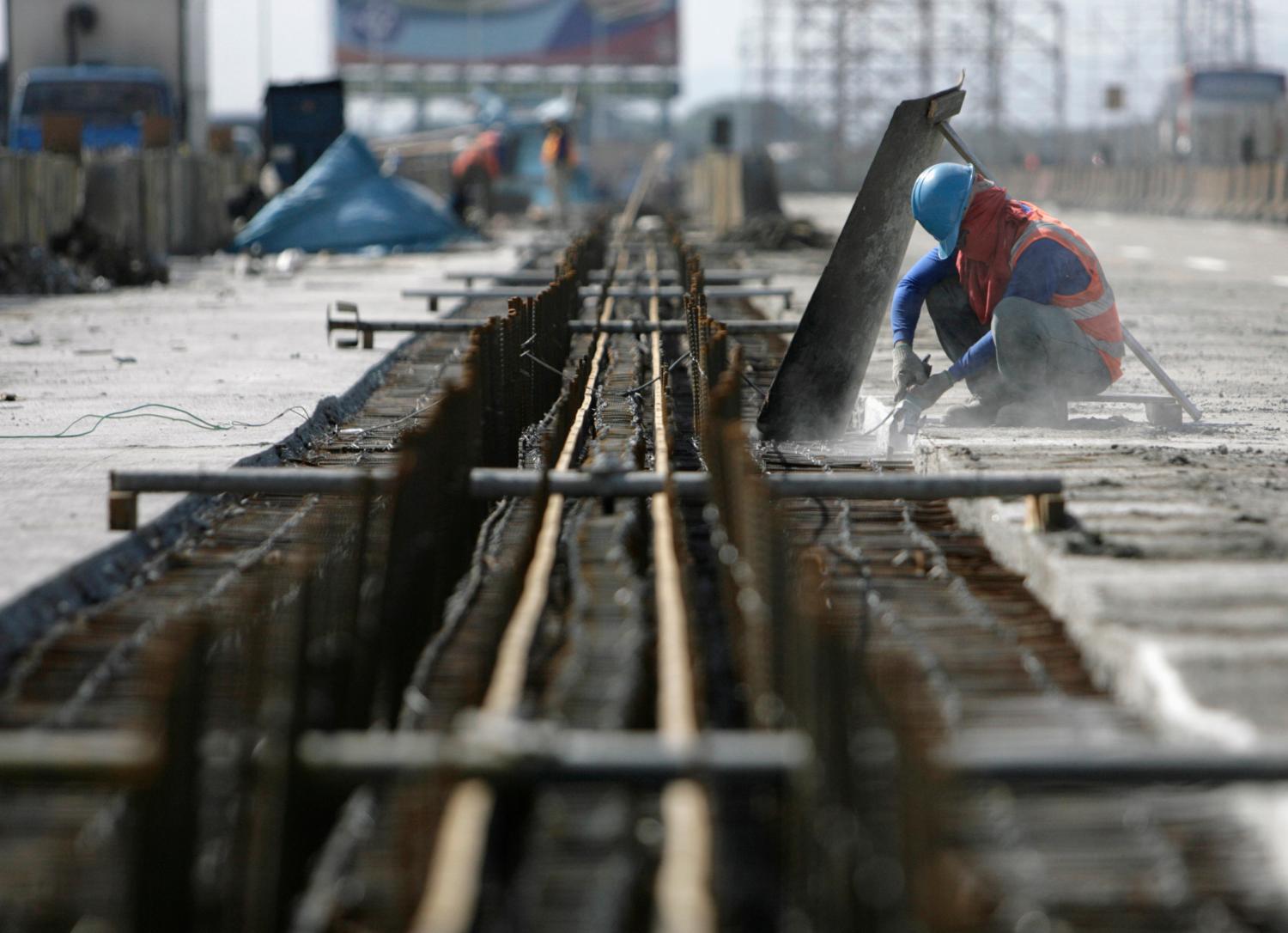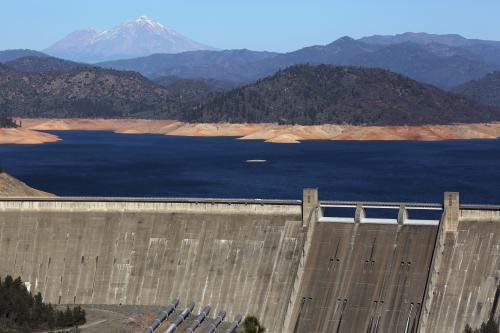From California’s historic drought to Toledo’s pollution crisis, the country’s water challenges have recently captured the national spotlight. This is long overdue. In many regions, investing in water infrastructure has been out of sight and out of mind for decades. But the growing demand for clean water—while sustainably handling waste and storm water—is prompting utilities and users to take new action.
States and metropolitan areas are facing a rising tide of concerns, including the need to replace century-old pipes and modernize treatment facilities that seem to be buckling under the pressure. But together, public and private sector leaders are exploring strategies to improve water quality, curb consumption and better manage runoff, while also responding to water’s central economic role in agricultural production, energy generation and a variety of manufacturing activities.
These investments can also lead to significant gains in the job market.
As our recent report illustrates, more than 700,000 U.S. workers are involved in designing, constructing, operating and governing water infrastructure. Plant operators, pipe layers and hydrologists, for instance, are among the most critical occupations to implement new technologies, upgrade systems and oversee regulations. Indeed, whether promoting “green infrastructure” or a range of other water improvements, this workforce can help drive innovative solutions sorely needed across the country, from Phoenix and Las Vegas to Chicago and Detroit.
A new report, published jointly by the Water Research Foundation (WRF) and Water Environment Research Foundation (WERF), also reveals the enormous economic importance of water investment. The report estimates that 30 utilities alone support 289,000 jobs and $52 billion in output through their annual spending. Across their operating and capital budgets, these water utilities are expected to pump billions of additional dollars into managing and constructing a host of new projects during the next decade.
These investments, as such, are not just plugging holes in infrastructure, but supporting long-term, well-paying opportunities in a sector that will need to fill a looming employment gap. With a rapidly aging workforce, the utilities surveyed in the WRF and WREF report rely on employees nearly six years older than the national median (42). More than 30 percent of these workers are eligible for retirement, consistent with our previous findings on how many areas are seeking to train and recruit the next generation of workers.
Although the nation’s estimated $1 trillion-plus water infrastructure deficit poses a daunting challenge for utilities and users alike, the time is ripe to finance and deliver these kinds of projects. Rather than waiting for the next water main to burst, public, private and civic partners can accelerate progress by emphasizing an approach building off the momentum of their collaborative efforts. Addressing water challenges in this way will not only offer greater certainty in infrastructure performance, but it can also help trigger additional job growth from the ground up.
The Brookings Institution is committed to quality, independence, and impact.
We are supported by a diverse array of funders. In line with our values and policies, each Brookings publication represents the sole views of its author(s).






Commentary
Measuring Water’s Sizable Impact on the Economy and Job Market
September 9, 2014